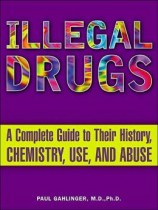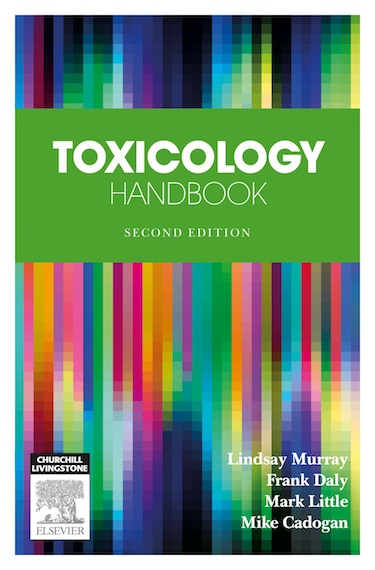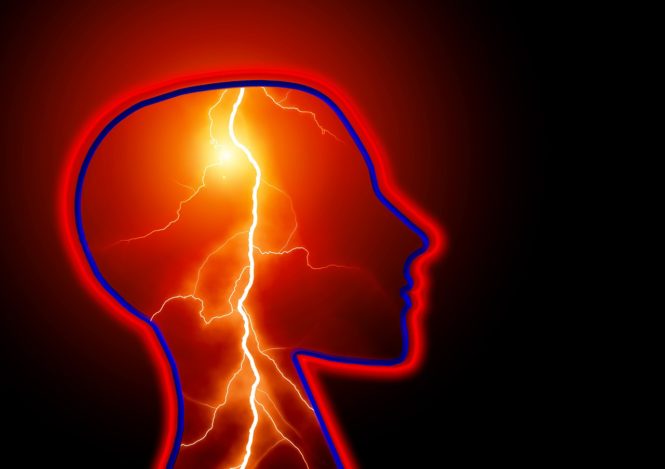Category: Toxicology
-

Book Review: Illegal Drugs, A Complete Guide to Their History, Chemistry, Use, and Abuse
You can judge this book by its title. Illegal Drugs: A Complete Guide to Their History, Chemistry, Use, and Abuse (2003) by Paul M. Gahlinger MD is, in fact, an extremely comprehensive treatment of both illegal and legal psychoactive substances, including their history, law, chemistry, processing and distribution, metabolism, neuroscience, medical management, linguistics, folklore, and popular culture. Hundreds of…
-
Toxic Hepatitis and Jaundice
Here are some important causes of toxic hepatitis and jaundice (notorious ones are in bold): Hepatocellular (elevated ALT and AST only): acarbose, acetaminophen, allopurinol, amiodarone, aspirin (in Reye’s syndrome), baclofen, bupropion, fluoxetine, HAART drugs, isoniazid, ketoconazole, lisinopril, losartan, methotrexate, NSAIDs, omeprazole, paroxetine, pyrazinamide, rifampin, risperidone, sertraline, statins, tetracyclines, trazodone, trovafloxacin, valproic acid, Vitamin A. Herbals…
-

Book Review: Toxicology Handbook (2011) by Lindsay Murray
Toxicology Handbook (2011) by Lindsay Murray, Frank Daly, Mark Little, and Mike Cadogan is a straightforward guide to the management of numerous common and rare overdoses and toxidromes. Each toxin in described in terms of risk assessment, clinical features, investigations, management, disposition and follow-up, handy tips, pitfalls and controversies. The “controversies” section is particularly welcome. As Dr. Otis Brawley once said (paraphrased):…
-
Bradycardia and Sinus Node Dysfunction: an Internal Medicine Approach
Definitions Sinus node dysfunction may include sinus bradycardia, sinus pauses, sinus exit block, sinus arrest, tachy-brady syndrome, persistent atrial standstill and chronotropic incompetence. Symptoms, when present, are usually related to cerebral hypoperfusion. These include dizziness, presyncope, and syncope. Other symptoms include congestive heart failure, fatigue, decrease exercise capacity, recurrent falls, confusion, memory loss, and palpitations or stroke (if…
-
Toxic and Drug Induced Myopathies
One of the best and most concise review articles that I could find on the subject is Toxic and Drug Induced Myopathies. It was published in the Journal of Neurology, Neurosurgery & Psychiatry in 2009. It is available for a fee here. Another version of the article is posted free here, however it is not 100% identical in terms of content to…
-
Toxic and Drug-Induced Changes of the Electrocardiogram by Catalina Lionte, et al.
Toxic and Drug-Induced Changes of the Electrocardiogram by Catalina Lionte, et al. is an excellent chapter about the role of electrocardiography in toxicological diagnosis. It comes from the book Advances in Electrocardiograms – Clinical Applications (2012). The chapter can be accessed online free here or here. The book can be accessed free here. Some of the electrocardiogram are really…
